The Polish Aristocracy's Role in the Decemberist Revolt and the Assassination of Tsar Alexander II
Poles and Jews have 1,000 years of history together. Everything fell apart after the Third Partition of Poland. Our joint rebellion against the Russian Tsar's had some unforeseen consequences.
Historical events don’t happen in a bubble and sometimes they lead to devastating unintended consequences such as the events of World War II and even the current genocide in Gaza.
Poles and Jews: 1,000 Years Together
Some important background information: Poles and Jews have lived together for 1,000 years. The Kingdom of Poland and later the Polish–Lithuanian Commonwealth (created in 1569) was one of the most tolerant countries in Europe and became the shelter for persecuted Jews from various European countries. The Polish aristocracy had a unique social contract with their Jewish subjects because they were freemen allowed to trade, rather than serfs. The general charter of Jewish liberties known as the Statute of Kalisz was ratified on September 8, 1264 and the Warsaw Confederation of 1573.
The ‘Golden Age’ of Poland: Multi-Ethnic and Multi-Religious
Many people refer to the ‘golden age’ of the Polish-Lithuanian Commonwealth where the aristocracy elected the King. The Aristocracy was made up of Poles, Ruthenians descended from the Rurikids like Duke Ludwig Casimir Korybut-Daszkiewicz, Muslim Lipka Tartars, and even Jews who converted to Catholicism before 1764.
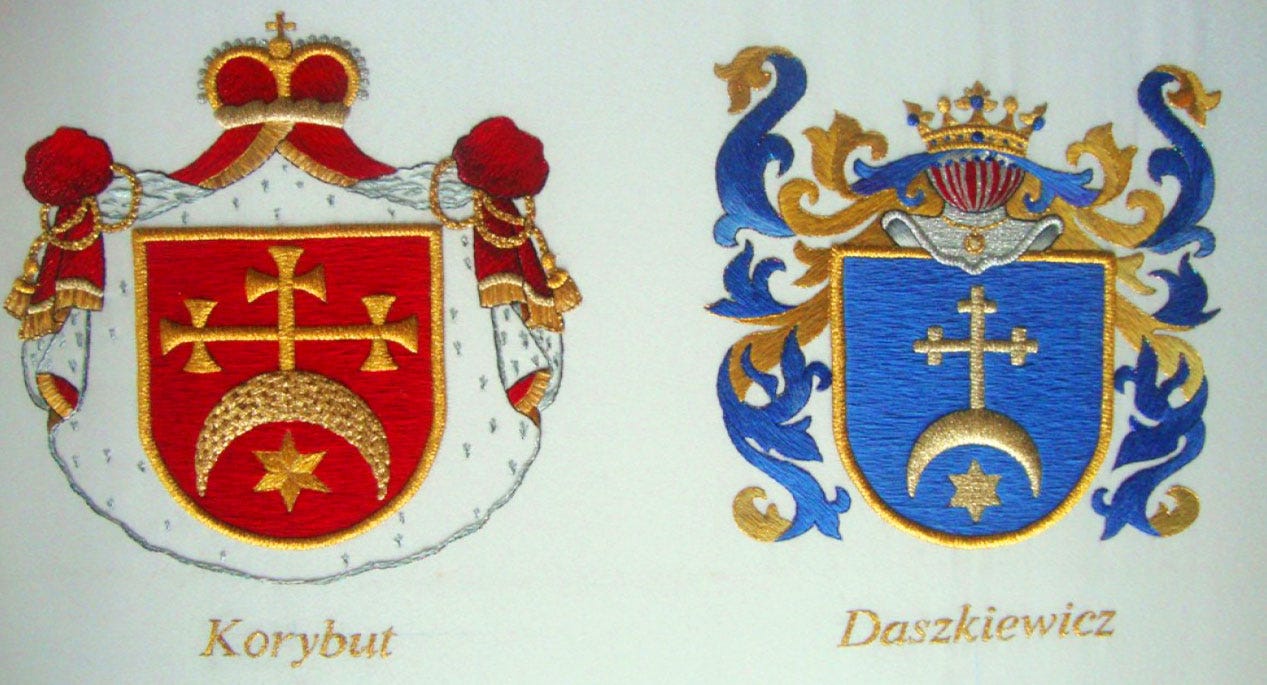
Note: My Daszkiewicz Polish great grandparents immigrated to Chicago from Belarus in the late 1880s. I don’t know if I’m descended from the Polish Szlachta or if they had any involvement in the Russian Tsar Alexander II assassination. I wouldn’t be surprised if it were true.
The Three Partitions Wiped Poland Off the Map
The three Partitions of the Polish–Lithuanian Commonwealth that took place between 1772 and 1795 ended the existence of the state, resulting in the elimination of sovereign Poland and Lithuania for 123 years. The territory was split between the Habsburg monarchy, the Kingdom of Prussia, and the Russian Empire.
Poland Under Russian Rule
Russian policy towards the Jews would prove to be substantially harsher than that under Polish-Lithuanian rule. The lands that had once been Poland were to remain the home of many Jews when Catherine II, the Tzarina of Russia, instituted the Pale of Settlement in 1772.
Polish-Jewish Patriots
Jews joined Polish struggles for a return to the independent Polish-Lithuanian Commonwealth. Many Jews participated in a number of Polish insurrections against the Russian Empire, including the Kościuszko Uprising (1794), and the January Insurrection (1863). Not only did Tadeusz Kościuszko fight in the American Revolution but then he came back home to fight the Russians. The main financier of the Continental Congress was the Jewish Haym Salomon who was born in Leszno, Polish–Lithuanian Commonwealth.

Jewish student Michał Landy was killed by Russian soldiers during a Polish demonstration in Warsaw, 1861. Although Christians weren't allowed by the police to participate in his burial, Landy became a powerful symbol of Polish Jewish brotherhood.
The Decemberist Revolt: A Failed Coup
The Decembrist Revolt was a failed coup d'état led by liberal Russian aristocrats and political dissidents (Poles and Jews) against the Russian Empire. It took place following the sudden death of Emperor Alexander I in Saint Petersburg on December 26, 1825.
The Decembrist Revolt and its Aftermath: Values in Conflict | InterAgency Journal Vol. 10, No. 3, | 2019
Less well known is that fact that the Decembrist Revolt drew inspiration from the American Revolution and U.S. Constitution. Made up primarily of nobles, officers and professionals, the Decembrists—as they came to be known later—offer a fascinating example of the complexity of ethical decision making.
Remember those Poles and Jews who financed and fought in the American Revolution from the Polish-Lithuanian Commonwealth?
Since Alexander died childless, the rightful successor according to Russian tradition was his brother, Constantine, the next in line by virtue of age. Constantine, unfortunately, had privately declined his right to the throne because he had divorced and remarried, this time to a Polish Catholic woman who lacked royal lineage. Therefore, the right to the throne would pass to the next brother in line, Nicholas. No one in government, not to mention the general public, was privy to this knowledge. Indeed, Nicholas himself was quite uncertain as to how to proceed, and in fact had already pledged himself to Constantine, who was still in Poland with no intention of returning to St. Petersburg.
Was Constantine’s Polish wife a spy for the Decemberists?
Joanna Grudzińska was a Polish noble—a Princess of Łowicz—and the second wife of Grand Duke Constantine Pavlovich of Russia, the de facto viceroy of the Kingdom of Poland. In order for Constantine to marry her, he had to renounce the Russian crown which the Decemberist didn’t know.
Joanna was the eldest daughter of Count Antoni Grudziński (used the Grzymała coat of arms), his wife Marianna Dorpowska (Leliwa coat of arms). Her sister Maria Antonina was married to Gen. Dezydery Chłapowski, one of the most notable Polish commanders during the Uprising. Her other sister Teresa married Count Wiktor Felix Szoldrski, who served as an officer of Russian Tsar's retinue.
Governor of the Kingdom of Poland
During Constantin's rule of Poland, he was in charge with appointing all military leaders, including those in Poland. He attempted to execute his brother's mandate to silence dissent, strengthened the secret police (Okhrana) and suppressed the Polish patriotic movements by replacing Poles with Russians on important posts in local administration and the army. It Obviously didn’t work too well since Tsar Alexander II would be assassinated in 1881 by a member of the Polish szlachta.
Polish Role in the Decemberist Revolt
Pavel Pestel was a Russian colonel and ideologue of the Decembrists. He also negotiated the Polish Patriotic Society to give them back their former territory in exchange for helping to assassinate the Tsar.
POLAND IN THE DECEMBRISTS' STRATEGY OF REVOLUTION | The Polish Review Vol. 15, No. 2, pp. 43-54 | 1970
In 1881, A Polish Noble from Grodno Assassinated the Tsar
Ignacy Hryniewiecki was born 1856 into a Catholic Polish szlachta (noble) family in Kalinovka, a village in the Klichev district, in present-day Belarus.
He was a Polish member of the Russian revolutionary society Narodnaya Volya (People’s Will) who threw the bomb that fatally wounded the Tsar Alexander II of Russia and himself.
Instead of ushering in a revolution, it strengthened the resolve of the Russian state to crush the revolutionary movement, leading to their decline after the 1881 assassination. It also set Russia on a revitalized path of Tsarist autocracy which resulted in the Revolution of 1905 and the Russian Revolution in 1917.
Pogroms Used as ‘Divide and Conquer’ Strategy by the Okhrana (Russian Secret Police)
The use of the term "pogrom" became common in the English language after a large-scale wave of anti-Jewish riots swept through south-western Imperial Russia (present-day Ukraine and Poland) after the assassination of Russian Tsar Alexander II on March 13, 1881. From 1881-1882 more than 200 anti-Jewish events occurred in the Russian Empire, the most notable of them were pogroms which occurred in Kiev, Warsaw and Odessa.
Pogroms Worsen Polish-Jewish Relations
On December 25, 1881, a false warning of fire in the crowded Holy Cross Church—in Russian controlled Warsaw—that created a panic that resulted in the deaths of twenty-nine people in a stampede. This event led to the Warsaw pogrom (1881).
It was believed pickpockets called out the false alarm to allow them to rob people during the panic. It makes zero sense but ok.
A crowd gathered on the scene of the event and some unknown persons (possibly the Okhrana secret police) spread a rumor that two Jewish pickpockets had been caught in the church. This rumor led to the Warsaw pogrom, but it only left two people dead, 24 injured, and a thousand Jewish families financially devastated. What I think was the real goal was the pogrom was to divide Poles and Jews.
The Warsaw pogrom was criticized by members of the Polish elite such as writers Eliza Orzeszkowa, Boleslaw Prus and other notable activists. Historians Simon Dubnow, Yitzhak Gruenbaum, Frank Golczewski and Magdalena Micinska have argued that the pogrom might have been instigated by the Russian authorities, trying to drive a wedge in Polish-Jewish relations.
Even the files held by the CIA on the Okhrana state they used antisemitism for political purposes.
Okhrana: The Paris Operations of the Russian Imperial Police | Central Intelligence Agency | 1997
By penetrating the radical groups, the tsarist police were using a classic divide-and-conquer tactic to prevent formation of a unified opposition.
Harting’s case officer was Pyotr Rachkovsky, probably the ablest head of the Okhrana’s Foreign Bureau. Rachkovsky was a pioneer. He refined the art of what we today call active measures or perceptions management techniques.
According to one authority, Rachkovsky was a “born intriguer” who “delighted” in forging documents. He allegedly was among those responsible for the anti-Semitic Protocols of the Elders of Zion, perhaps the most infamous political forgery of the 20th century. (35)
Rachkovsky’s tactic of exploiting anti-Semitism for political purposes was used repeatedly during the Soviet era—for example, in Hungary in 1956, in Czechoslovakia in 1968, and in Poland in the 1980s.
The White Russians Roots of Nazism
Not only did the White Russians instigate the 1881 pogroms, but after the 1917 Russian Revolution they created Nazism.
In Michael Kellogg's 2006 book, The Russian Roots of Nazism: White Émigrés and the Making of National Socialism, 1917–1945, he argues that one group of White Russian exiles had a decisive influence on the development of the Nazi Party and its leader Adolf Hitler.
White émigrés contributed politically, financially, militarily, and ideologically to National Socialism. This work refutes the notion that Nazism developed as a peculiarly German phenomenon: it arose primarily from the cooperation between völkisch (nationalist/racist) Germans and vengeful White émigrés. From 1920–1923, Adolf Hitler collaborated with a conspiratorial far right German-White émigré organization, Aufbau (Reconstruction). Aufbau allied with Nazis to overthrow the German government and Bolshevik rule through terrorism and military-paramilitary schemes.
Poland’s Support for Zionism and Jewish State in Palestine
The strengthening of antisemitism in Polish society was also a consequence of the influence of Nazi Germany and their White Emigre benefactors.
In interwar Poland, Jews were pushed to live a life separate from the non-Jewish majority. This caused estrangement and growing tensions between Jewish-Polish relations. The White Russians were instigating pogroms, so maybe that’s why they thought this was a viable solution? Not to mention the NKVD massacred the Polish intelligencia at Katyn in 1940.
During the 1930s, Revisionist Zionists viewed the Polish government as an ally and promoted cooperation between Polish Zionists and Polish nationalists. They also provided military training to the Zionist Irgun paramilitary, whose members admired the Polish nationalist camp and imitated some of its aspects. Uniformed members of Betar marched and performed at Polish public ceremonies alongside Polish scouts and military, with their weapons training provided by Polish institutions and Polish military officers. Menachem Begin, one of its leaders and future Prime Minister of Israel, called for its members to defend Poland in case of war.
So, don’t let the Polish PiS and Israel’s Likud political theater fool you. Poland was fond of using Israeli spyware against their own people.
Unintended Consequences of the Overthrow of the Russian Tsar
Protecting your minority populations and human rights is a recent modern invention. As horrible as the Okhrana was, they were in no way comparable to the Red Terror of the NKVD that replaced them.
With Poland’s past interactions with the Russian Tsars it’s not a mystery why Germany invaded Poland in 1939 and put Poles and Jews in slave labor and concentration camps. The hatred and vengeance were real on both sides.
I can understand why Poles and Jews thought Zionism was a solution to their problems, but two wrongs don’t make a right. Nor should we make concessions for Bibi’s genocide in Gaza and funding terrorist groups (Hamas) to attack his own people.
Happy New Years and Happy Hanukkah!
You can follow me on X.com @DCinTejas—my DMs are always open—or email me at DCinTejas@proton.me for tips. If you email me, just DM me on Twitter/X, so I know to check it. Thanks!
-DeAnna Calderón

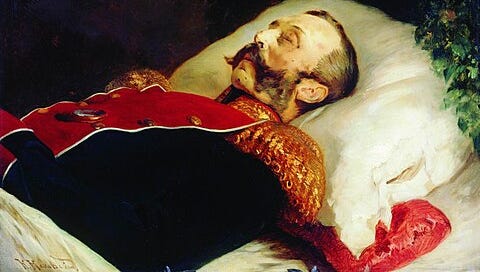




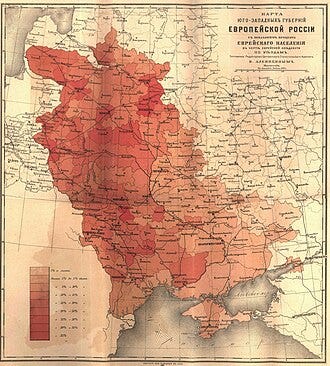
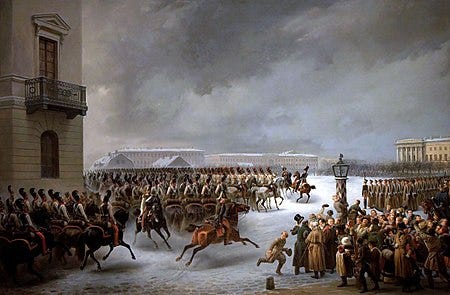
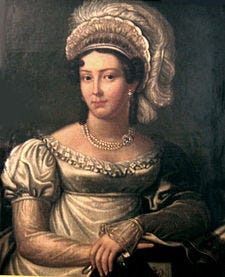
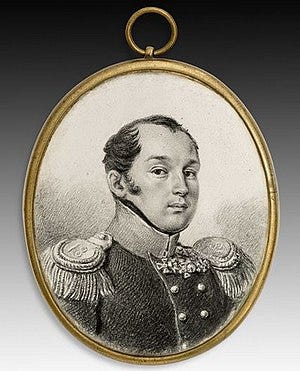






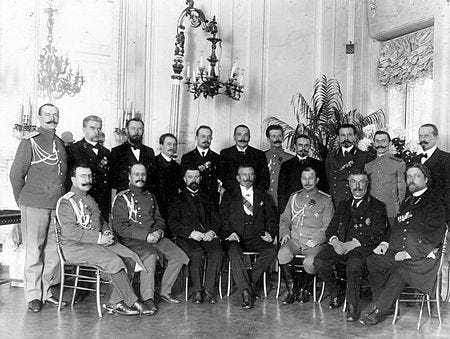
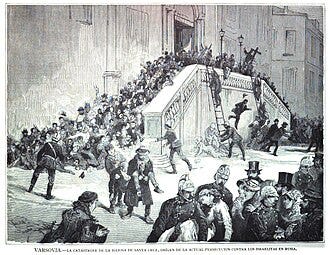

Poland schoolchildren partake in mandatory firearms training age 13 and up in case of war. Article on thetruthseekeruk